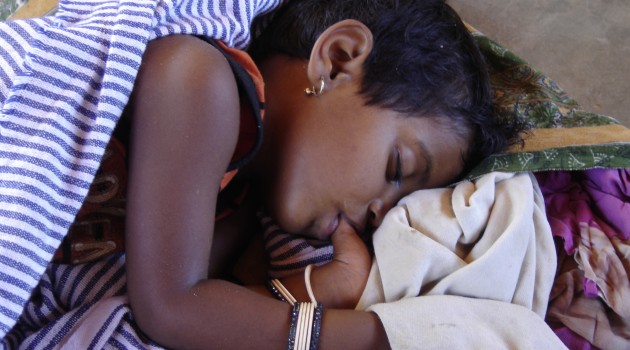SRI LANKA: Is it Bosnia all over again for the women of the war?
An article from the Golden Peace Support Group forwarded by the Asian Human Rights Commission
During the war in Bosnia, the world was horrified by stories of war babies as women were the prime target of marauding soldiers who were out to change the demography of the land. A similar undercurrent with the aid of the Sri Lankan State is happening in northern Sri Lanka.
Though the world has ignored this gross injustice committed on the Sri Lankan women, the report of the UN panel of experts released last month brought to light the failure of the Sri Lanka state to perform its sovereign duty of protecting civilians, especially women.
Now the Sri Lankan authorities take every opportunity to call the report as ‘flawed’ and ‘biased’, thus casting a negative impression on the panel and its contribution to humanity.
Women making submissions to the Lessons Learnt and Reconciliation Commission (LLRC), a panel appointed by the Sri Lankan government alleged disappearances. Many of those who are now in the list of ‘disappeared’ are ones who had actually surrendered to the Sri Lankan army. And the panel cannot be expected to be sympathetic to the woes of the women, who along with children constituted nearly 80 percent of victims of the Eelam war. Not only is the credibility of the panel an issue, only one of the eight members of the panel is a woman.
The LLRC lacks gender sensitivity and victim centred approach as there are no emotional and psychological recourse to victims’ giving testimony. Victims deposing before it have no guarantee for their safety and the whole system lacks transparency.
The UN panel report also states rape and sexual violence against Tamil women in the final stages of the war and its aftermath. Many video evidences depicted naked bodies of dead women alleged to be fighters. There were also reports from international agencies working in camps of instances of rape in the IDP camps.
There are 90,000 widows most of them below the age of 40, according to government estimate in the north and east. These women are living in miserable conditions and have been forced to take up odd and difficult jobs like mine clearance in order to feed their children.
Government security restrictions on traditional occupations – such as fishing and farming, the main industries of the north – have forced women to work. Women are preferred in the employment sector as they are cheap labour, report on time, are easy to manage, and do not question their managers.
The men, whose livelihood has been affected, have taken to alcohol and drug abuse, making one suspect the whole agenda of the Sri Lankan state. There are also allegations that soldiers lure young women to marriages. The marriage lasts as long as the soldiers are in the north. In many cases there is a strong belief that intentionally the government encourages these young soldiers to marry the Tamil girls and Sinhalize the north – to change the land’s demography – as was done in Bosnia.
Fear struck: Tamils in Sri Lanka live in constant fear of a rampaging Sinhalese army
There are resorts coming up in the north to cater to the southern War Victory tourists. There are rumours that the state wants to go the Thailand way in luring foreign tourists into the country.
The government is building up huge cantonments to settle Sinhalese in the north to neutralise the Tamil population as they have successfully done in Trincomallee. In 1881 the Tamil population there was 66% with only 3.3 % Sinhalese. Today the Tamils and Sinhalese account for 33% each due to the colonization policy of the Lankan government.
There is also a problem for the ex-militants every time the area commander is changed (which happens once a month on average). With every change of guard, intelligence officers visit their home and take down or double check their details all over again. The ex-detainees consider these regular checks to be a form of harassment which prevents them from moving out of the village in search of work and also perpetuates the stigma and label of being ex-combatants or terrorists. Apart from this, the soldiers see them as easy prey to fulfill their sexual hunger.
In the case of families of detained male members, the same form of harassment continues as soldiers frequent the household with hope of luring the women. It is not enough if the International community supports an independent inquiry into war crime allegations, it must seek the restoration of the respect and dignity of the Sri Lankan Tamil women.
(The author holds a Doctorate of Philosophy on ‘Internal Displacement and Human Rights situation in Northern Sri Lanka from Bangalore University. He was one of the four public speakers at the Permanent People’s Tribunal on War Crimes against Sri Lanka.)
_________
About AHRC: The Asian Human Rights Commission is a regional non-governmental organisation that monitors human rights in Asia, documents violations and advocates for justice and institutional reform to ensure the protection and promotion of these rights. The Hong Kong-based group was founded in 1984.
Courtesy: http://www.scoop.co.nz/stories/WO1106/S00247/what-happened-to-bosnian-women-is-happening-to-tamil.htm

